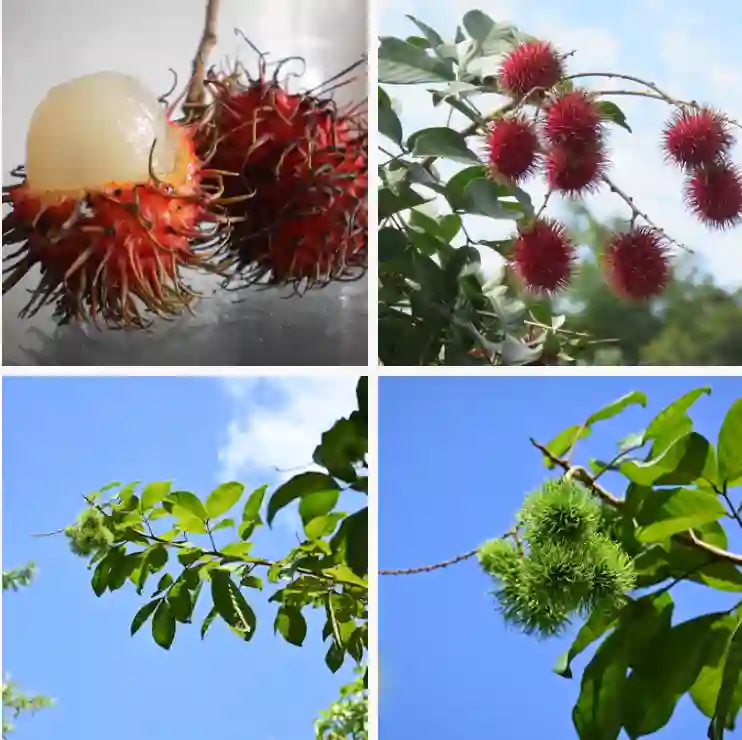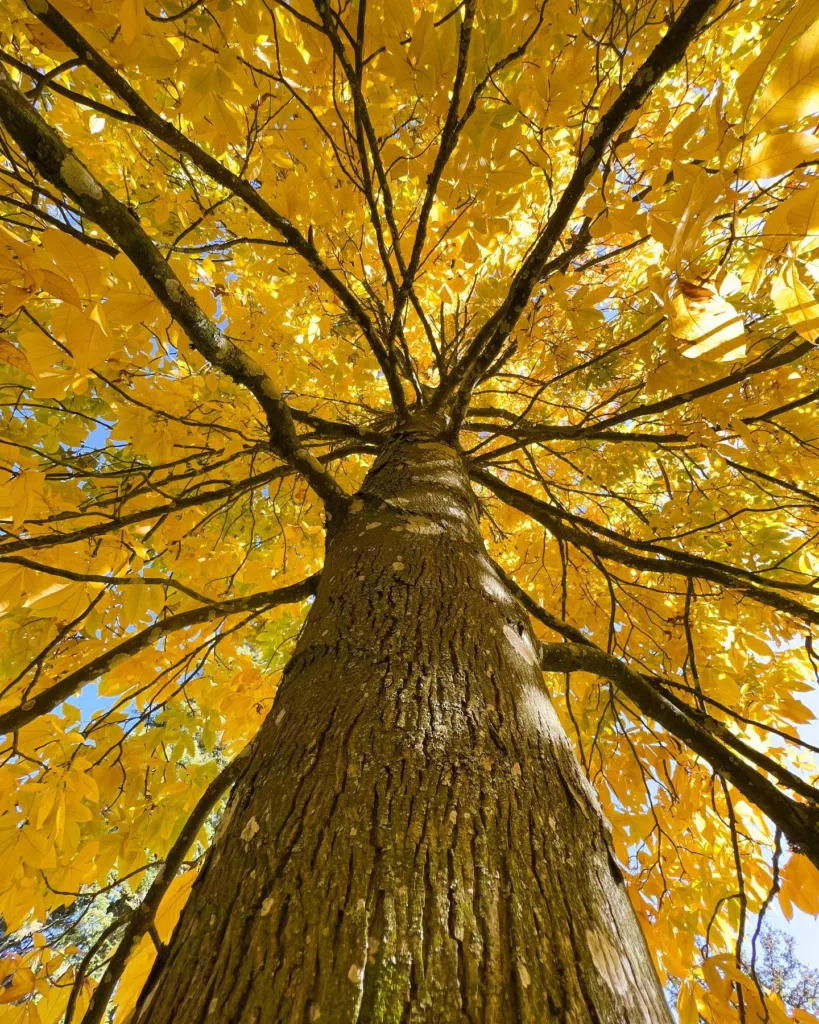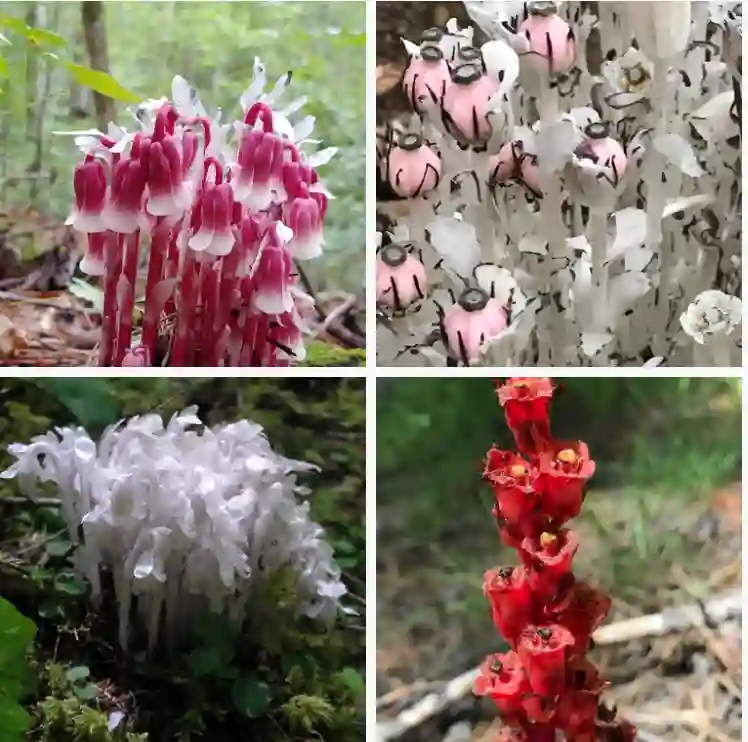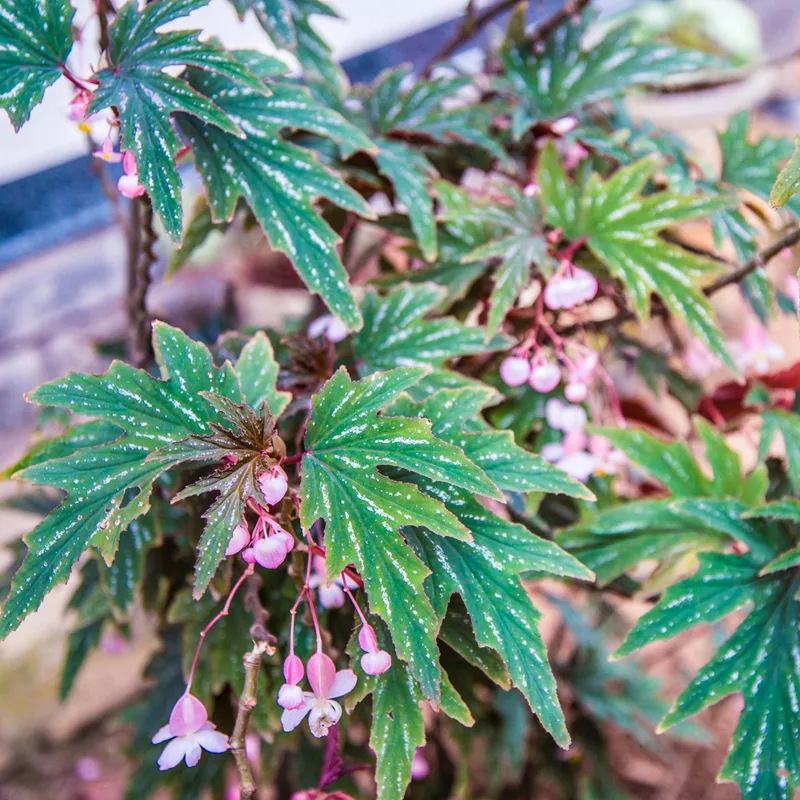Exploring the Phyllonomaceae Family: A Look at the Phyllonoma Genus
As a plant enthusiast, I’ve always been fascinated by the diversity within plant families, and one that particularly piqued my interest is the Phyllonomaceae family. This family is relatively lesser-known but holds a unique charm that deserves exploration. Within this family lies the Phyllonoma genus, a group that captures the essence of tropical and subtropical ecosystems. In this article, I’ll share my insights and experiences with the Phyllonomaceae family, particularly focusing on Phyllonoma.
Understanding the Phyllonomaceae Family
The Phyllonomaceae family comprises small trees and shrubs, primarily found in tropical regions. The most notable feature of this family is its morphological diversity. Plants in this family exhibit a range of characteristics, from their leaf structures to their growth forms. When I first encountered a Phyllonoma plant, I was struck by its distinctive leaf patterns and the unique shapes that set them apart from other species.
Phyllonoma plants thrive in well-drained soils and are often found in forested areas, which contributes to their ecological importance. They play a role in their ecosystems as part of the understory, providing habitat and food for various species.
A Closer Look at the Phyllonoma Genus
The Phyllonoma genus, the only genus within the Phyllonomaceae family, comprises a handful of species. These species are native to regions ranging from Central to South America, specifically in tropical and subtropical climates. I find the diversity among Phyllonoma species captivating. Each species has adapted to its environment, showcasing a variety of leaf shapes, sizes, and colors.
Characteristics of Phyllonoma
One of the first things I noticed about Phyllonoma is the leaf structure. The leaves are often large, leathery, and arranged spirally. This adaptation helps them capture sunlight effectively in their shaded habitats. The leaves also have a glossy appearance, which not only adds to their aesthetic appeal but also reduces water loss.
Additionally, the flowers of Phyllonoma are relatively small and inconspicuous, often overlooked by casual observers. However, they play a crucial role in the plant’s reproductive cycle. The pollination process, primarily facilitated by insects, is vital for the survival of these species. I’ve enjoyed observing these tiny flowers and the insects that visit them, creating a lively ecosystem right in my backyard.
Ecological Importance
Phyllonoma plants are essential for maintaining ecological balance in their habitats. Their presence helps prevent soil erosion and provides shelter for numerous small animals and insects. As a nature lover, I appreciate how these plants contribute to biodiversity. They support various organisms, ensuring that the ecosystem remains healthy and vibrant.
The fruits of Phyllonoma species are small, often edible, and attract various birds and animals. This interaction showcases the intricate web of life that exists within forest ecosystems. I’ve often spotted birds feasting on these fruits, which reinforces the connection between plants and wildlife.
Cultivation and Care
If you’re considering adding Phyllonoma to your plant collection, it’s important to note that these plants require specific care. They thrive in well-drained soils and prefer bright, indirect light. I’ve found that they respond well to regular watering, but it’s crucial not to overwater them, as they are susceptible to root rot.
Pruning is also beneficial for promoting healthy growth. I typically prune my Phyllonoma plants to maintain their shape and encourage bushier growth. Observing their response to care has deepened my appreciation for their resilience and adaptability.
Personal Experiences
My journey with Phyllonoma began when I stumbled upon a local nursery that specialized in unique plants. The staff recommended a Phyllonoma species, and I was intrigued. Bringing it home, I carefully placed it in my garden, ensuring it received the right amount of light and water. Over time, I watched it flourish, with new leaves emerging and the plant taking on a vibrant, lush appearance.
The joy of nurturing Phyllonoma has been rewarding. Its growth not only enhances my garden but also serves as a reminder of the intricate relationships between plants, insects, and the environment. Every time I tend to my plants, I’m reminded of the importance of biodiversity and conservation.
Conclusion
In conclusion, the Phyllonomaceae family and its sole genus, Phyllonoma, offer a fascinating glimpse into the world of tropical plants. Their unique characteristics, ecological roles, and the joy they bring to gardeners like me make them truly special. As I continue to learn about these plants, I am reminded of the beauty and complexity of nature. Whether you are a seasoned gardener or a curious beginner, I encourage you to explore the world of Phyllonoma and discover the wonders of this remarkable family.
If i die, water my plants!



